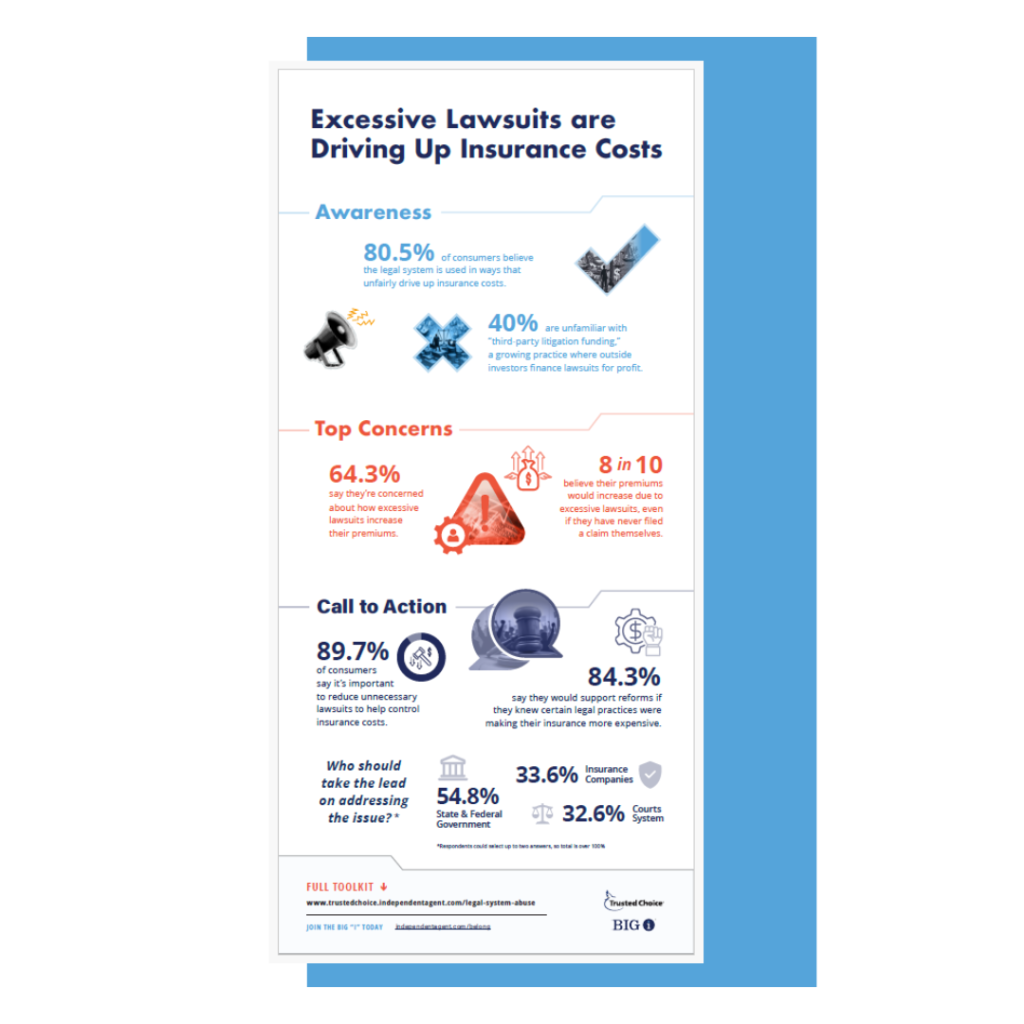Producer Compensation Using a Base and Growth Method
One of the most common questions that we get each week is, “How much should we pay producers?” Questions like these are equivalent to asking, “What is the ‘average’ that one should spend on a Christmas present?” The answer, of course, is “It depends.” In this article we’ll take a look at what other agencies are doing and explore a compensation methodology called “base and growth.”
Author: Al Diamond One of the most common questions that we get each week is, “How much should we pay producers?” Questions like these are equivalent to asking, “What is the ‘average’ that one should spend on a Christmas present?” The answer, of course, is “It depends.” In this article we’ll take a look at what other agencies are doing and explore a compensation methodology called “base and growth.” One of the most common questions that we get each week is, “How much should we pay producers?” I’m not the only one being asked this question. For example, here’s a recent question submitted to the “Ask an Expert” service at IIABA’s Virtual University: “What is the average renewal commission both personal and commercial (%) that a owner should give his producers?” As I told the questioner, this is a common, but very complex question. It is like asking “What is the ‘average’ that one should spend on a Christmas present?” The answer, of course, is “It depends.” It depends on how much the agency needs for all expenses and profit before acquisition costs. It depends on how strong retention is. It depends on how much the producers produce each year. The average spent on producers in the industry is between 30% and 33% of the commission dollar. Some agents pay salaries, some a single commission rate, some split commission with more for new business than for renewal, some pay a Base and Growth split (i.e., 25% on up to the total commission of the producer last year — 35% on growth beyond last year’s commission). Similarly, here’s another “Ask an Expert” question received just this past week: “What is considered fair compensation for an outside producer? I realize that there are many formulas, but I’m considering a rather simple one of roughly 30% new business and 30% renewal.” The range that we have encountered of producer compensation is mind-boggling. A generation ago, paying producers 50% on new and renewal business was not unusual. That was in the good old days when agency costs were pretty much under control and the owners were reaping the benefits by taking as much as 40% to 60% of agency dollars between compensation, perks, benefits and profits. As I am sure you will confirm, those days are long gone. It started with a combination of a softening market in the eighties combined with the automation of insurance agencies. I’m not suggesting that automation is the wrong decision for all agencies. But 20/20 hindsight tells us that the level of automation pursued by most agencies was only valuable for agencies that were continuing to grow their customer base. Stable or declining agencies paid the price of automation with no chance of reaping its benefits. The cost of automation and the cost of personnel continued to grow throughout the eighties and nineties while the cost of insurance declined and stagnated. Clients enjoyed the benefits of the price wars, but agencies found themselves decreasing their revenues while increasing their costs. During those soft-market days producer compensation simultaneously increased and decreased. The old 50/50 split no longer worked because the overhead of the agency increased to over 50%. The problem was quite simple. If you pay 55%-60% to overhead and another 50% of the dollar to producers, it doesn’t take a genius to understand the effect on the bottom line! While some agencies decreased producer commissions, they were hesitant to do so on new business (since it was progressively harder to get in a soft market). So new business commissions stayed the same (or even increased) while renewal commissions decreased. We started seeing 60%/40% and 70%/30% splits until the agency owners realized that they were now operating on behalf of the producers instead for their own best interests. The reason for the next change was the short lives of some of the clients. The higher the new business commission, the more likely it was that the producer would offer just about anything to get the prospect to take their policies. Remember, at a 70% new, 30% renewal split, the producer was getting more than two years of renewal commissions in the first year. Some producers cared less about keeping the accounts after the first year than they did about putting the business on the books. These actions, combined with the heavy competition each year in a soft market, caused a severe dip in retention of new business accounts. Agencies were paying 50%, 60% and 70% commission after paying 50%-65% for first year overhead (remember the extra cost to quote and market these lines). They were losing a fair number of clients after the first year when they needed at least three years of renewals to pull even or make money on the account. Two things have happened in the latter part of the nineties to permit agencies to profit from their growth again. First, agency owners ‘bit the bullet’ and lowered commissions to an average of 40% of new business and 25% of renewals, or to approximately 30% – 33% of long term commission on the accounts. Then a movement began to convert compensation from new and renewal commissions to Base and Growth commissions. This conversion eliminated the penalty to agencies for having expensive new business placed and losing the accounts before being able to make a profit on them. The process works by paying a set commission percentage to producers for commissions generated in the year up to the level of the producer’s gross commission in the prior year. A higher, Growth, commission is paid for commissions generated by the producer in excess of that generated in the prior year. Example: This compensation method eliminates the penalty to the agency for lost growth business yet permits the producer to take advantage of the natural growth of their accounts or through hard market effects. If a producer loses accounts, he must recover the lost commissions before breaking into the Growth commission since the agency has already paid for the growth that is represented by those accounts once already. A final concept that is coming into its own in producer compensation is the payment of higher commission to producers generating higher levels of commission income. The principle is that the second $200,000 of commission generated by a producer does not cost the agency as much as the first $200,000 of commission. The agency will not need more space, more computers, and may not even need more people to service those accounts. For this reason, it is not unusual for agencies to “Tier” compensation to permit 5% differences after the first or second $200,000 of income generated by its producers. Example: Producer compensation is actually a very agency-specific issue. You can determine how much most agencies pay their producers, but you may find yourself in bankruptcy court if you try to pay those levels in your agency the way it is designed to operate. The RIGHT producer payout actually depends on the financial condition of your own agency. If you take your normal business expenses (excluding producer costs), including your compensation as a manager and a fair profit margin (you define “fair”), what’s left over is the percentage of each dollar available for “acquisition costs”, the principal one of which is producer compensation. If you spend 90 cents of every dollar on overhead, a fair salary for you and a modest or realistic profit margin, you only have 10 cents of every dollar available to spend on your producer. This doesn’t sound like much but remember, the producer isn’t selling to your existing accounts. So 10% of $500,000 existing commission gives you $50,000 available for producer compensation without ANY new business coming in yet. Of course, the producer will be required to produce a specific (or minimum amount) each year. That $50,000 (or a part of it) will be used to sponsor that growth. When you consider producer compensation, you must begin with your own financial consideration. Then you must offer a compensation arrangement that will continue to motivate your producers to generate growth and to retain their existing accounts. Identifying the amount (or percentage) that your agency can afford is the beginning of the process. Changing compensation schedules to Base and Growth will go a long way in motivating long-term retention on the part of your producers. Tiering will provide the “carrot” that motivates hungry producers to continue to grow. All of these changes need to be codified in a working Plan BEFORE introducing the program to your producers. Be sure to “grandfather” the producers’ existing business so the changes don’t actually negatively affect your sales force. If you have any questions about producer compensation, please contact us at acg@mail.com or visit our web site at www.agencyconsulting.com. Copyright 2001-2013 by Agency Consulting Group, Inc. Used with permission. |









